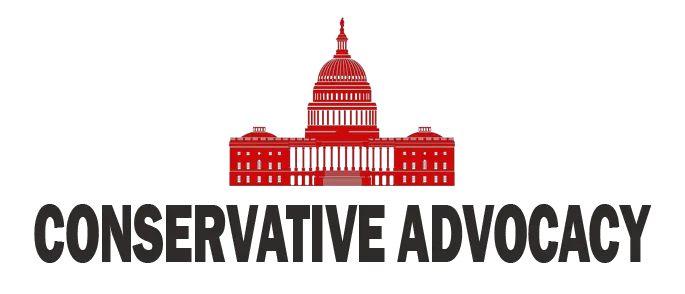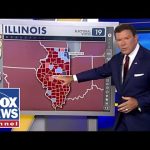In a surprising twist in the ongoing battle against crime in Washington, D.C., President Trump has thrown down the gauntlet regarding violent gang activity. The President is proposing that individuals over the age of 14 who engage in gang-related crimes should be prosecuted as adults. This move is receiving attention as crime rates in the nation’s capital remain alarmingly high, especially when compared to the rest of the country, where violent crime has been generally trending downward.
D.C. has logged some staggering stats that make citizens raise their eyebrows—specifically, it holds the fourth-worst murder rate in the United States for 2024. With nearly 96% of homicide suspects being men and a significant percentage falling within the ages of 18 to 34, it’s clear that something must be done. Just last month, the tragic death of a congressional intern during a drive-by shooting left residents feeling vulnerable and demanding action from local leaders. It’s a sobering reminder that the dangers of street violence are not confined to certain neighborhoods or socioeconomic backgrounds.
One distraught mother recently made headlines with her passionate plea, imploring D.C. council members to step up their game in protecting citizens. Many locals share her frustration, expressing disbelief at the inaction of their elected officials while their communities face daily risks. With incidents of violent crime becoming almost a regular occurrence, the need for a strong law enforcement presence has never been more urgent. The fear is palpable, and the stakes are high.
Adding layers to this ongoing crisis is the cultural environment influencing crime. Gangs and violent music genres like drill have been highlighted as significant contributors to the youth’s desensitization to violence. It raises questions about the values being taught to the younger generation—are they learning that violence is the quickest way to gain respect or power? This cultural shift has alarming implications as communities increasingly grapple with the consequences of failing to address these influences.
Critics argue that a lack of effective law enforcement has allowed gang culture to thrive, leaving residents feeling like they have no one to turn to. Many believe that the current approach to crime is woefully insufficient, particularly given that most violent offenders tend to slip through the cracks of the justice system. The time may have come for federal intervention to instill order and reinforce accountability within the city’s beleaguered neighborhoods. It is a poignant moment that calls for collective action and a rethinking of how society addresses youth crime and gang activity, making it clear that changes are needed – and quickly.




